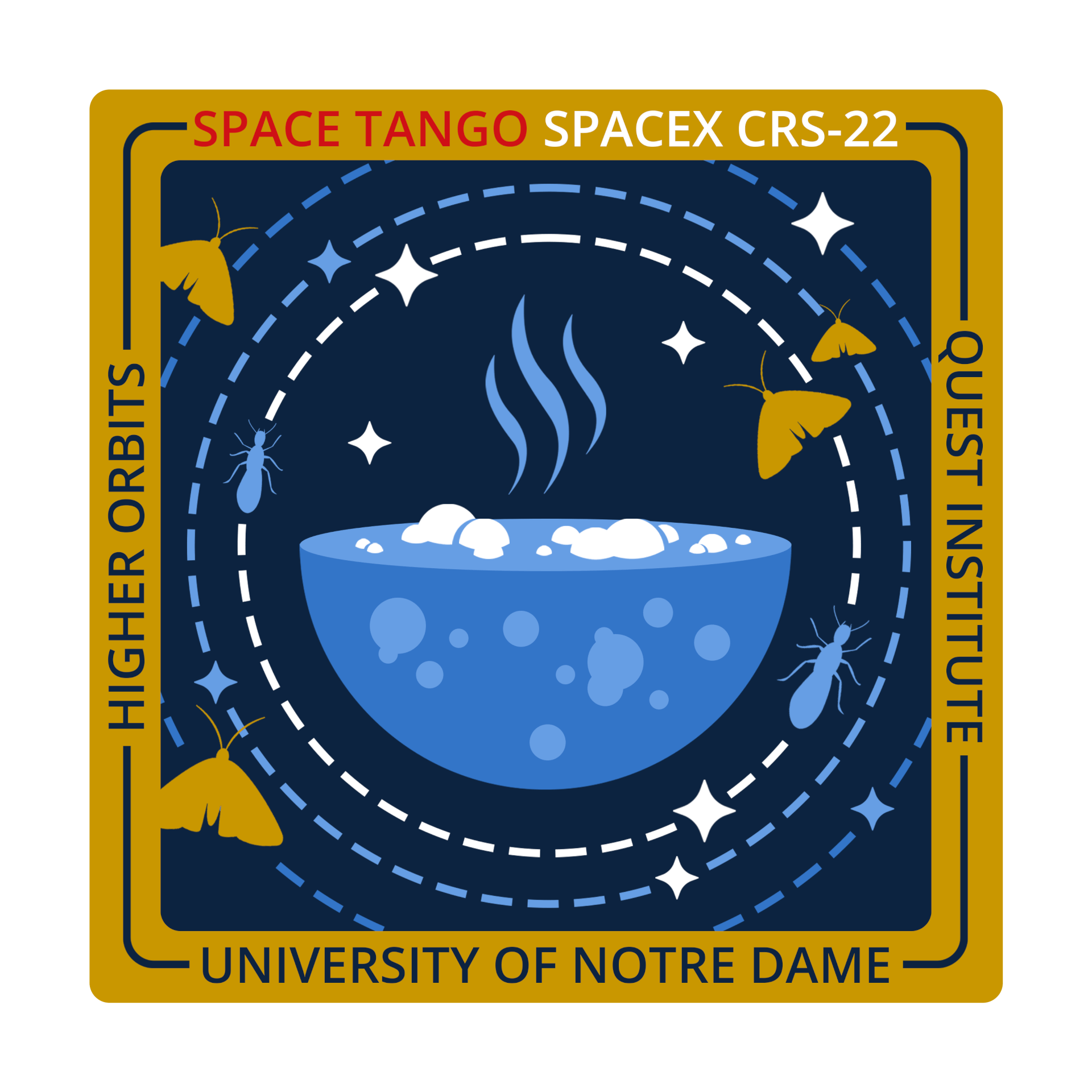
We use cookies to ensure that we give you the best experience on our website. If you continue to use this site we will assume that you are happy with it.
Ok ✕

Notre Dame | Principal Investigator: Tengfei Luo, Ph.D.
The Optical Imaging of Bubble Dynamics on Nanostructured Surfaces investigation observes thermal bubbles in a microgravity environment with the use of Space Tango’s automated optical imaging system.
Thermal bubbles are essential for boiling and new applications have been found in fields like bio-sensing.
in cancer screening. Bubbles generated from the boiling process detach from the surface due to competition between factors including surface tension, capillarity, and buoyancy. The results from this study are expected to help understand the fundamentals of multi-phase fluid physics and provide important guidance on the strategies to manipulate bubble dynamics via nanostructured surfaces. Investigation findings may impact the optimization of thermal bubble-enabled bio-sensing technologies, which is promising to advance human health in space and on Earth.
Why microgravity? A thermal bubble can create the so-called Marangoni flow to bring biomarkers and nano-probes in the sample suspension to the bubble, which then deposits them onto the surface to form a concentrated spot for the detection of low concentration analytes. The control of such a process depends on the detailed understanding of surface thermal bubble dynamics, including its generation, growth, and detachment. Such phenomena are influenced by the competition between surface tension, capillarity, and buoyancy. Decoupling these factors is not possible on Earth under gravity, rendering the microgravity environment in the International Space Station (ISS) a unique platform to eliminate the influence of buoyancy, so researchers can focus on the impact of surface tension and capillarity on bubble dynamics.
Higher Orbits | Principal Investigator: Michelle Lucas
For this investigation, Incisitermes snyderi Kinaesthetic and Gas Synthesis Phenomena Under Conditions of Microgravity and Mamestra brassicae Chrysalis Formation in Microgravity (Moth Chrysalis and Termites in Space), one team examines the effects of microgravity on southeastern dry wood termites and the other examines its effects on chrysalis formation and lifecycle development in the cabbage moth. Both insect species are expected to experience a period of stress while transitioning to the microgravity environment, but with time could adapt and exhibit normal behavior, including chrysalis formation and pupation by the moths.
Both student-developed experiments are housed in a Space Tango CubeLab that ascends in the visiting vehicle in soft stowage. Once on the space station, a crew member transfers the payload to the on-orbit Space Tango TangoLab facility to run operations prior to being removed from the facility and stowed for return. Automated operations include imagery of the termites, methane sensors to monitor concentrations, and imagery of larvae/pupae/adult moths.
The Quest Institute | Principal Investigator: Howell Ivy
Quest Multi Experiment Module #4 consists of nine experiments from students in the United States and Singapore, ranging from studies of different materials and structures to the effects of microgravity on various organisms, including those with potential as food sources. The primary benefit of this investigation is providing students with hands-on experience conducting research in space and inspiring the next generation of scientists and explorers.